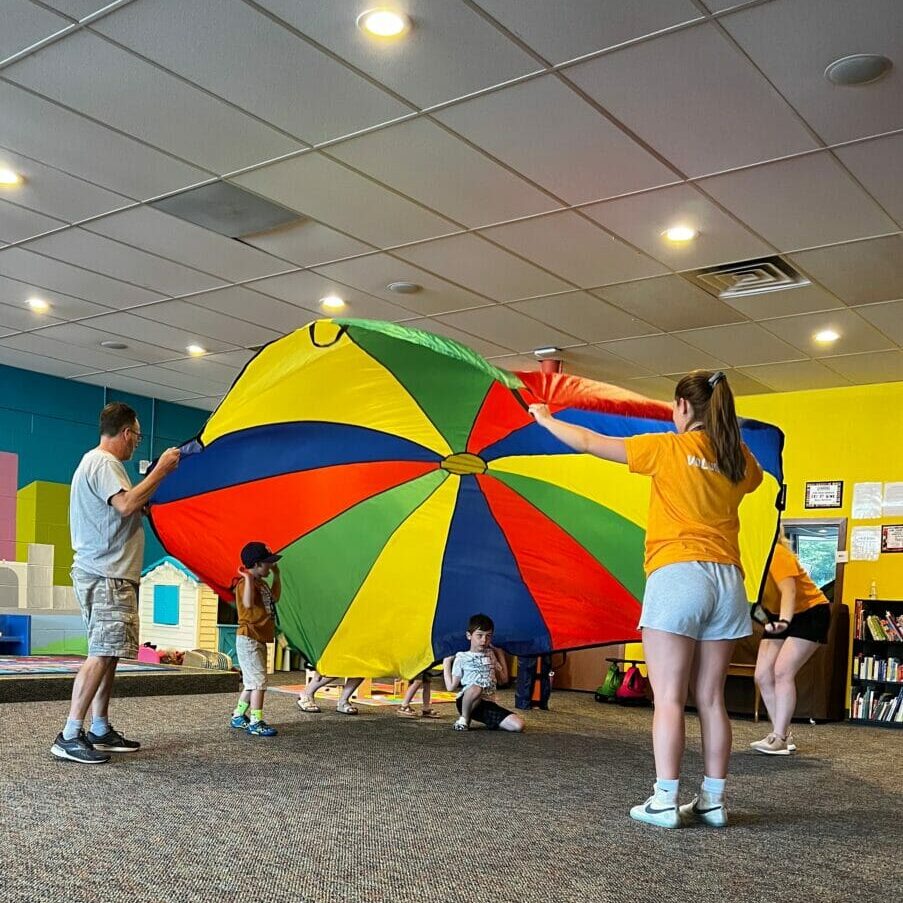Sensory Blog- Transition Support
Guest blog written by Occupational Therapy Assistant Student, Juliana Lehman OTAS
Advisement, Editing and Supervision by Deborah Bebeau EdD, OTR
Transition Supports: Successfully Moving from One Activity to the Next
 Do you remember those transitions lenses, circa 1960, that changed tint to accommodate any environment and protect your eyes from harmful UV rays? If only changing from one activity to another over the course of the day was as easy as putting on a pair of glasses.
Do you remember those transitions lenses, circa 1960, that changed tint to accommodate any environment and protect your eyes from harmful UV rays? If only changing from one activity to another over the course of the day was as easy as putting on a pair of glasses.
Transition involves change from one activity to another across multiple environments. Some individuals may have greater difficulty shifting attention from one task to another or in changes of routine.
Transitional strategies are structured ways to change tasks and redirect attention toward daily goals.
Successful transitional supports mean less time spent in the transition phase to and from activities, more independence, fewer behavioral concerns, and greater participation across the contexts of home, school, work and community. (Hume, K., 2008)
What transitional strategies are supported in scientific literature?
- A clear centralized schedule of the day (with pictures) individuals can refer to regularly.
- When possible, moving from preferred activities, to neutral, to less preferred, and back to preferred ones, can facilitate more motivated transition.
- A timer to allow countdowns from one activity to the next or when changing locations, making time tangible (Hume, K., 2008).
- Directions involving more than just a verbal cue, but visible, audible, and/or tactile as well.
- A transitional object to be taken with from mealtime to homework time to bedtime can be helpful.
- Siblings or peers who are available to soothe, assist or interact, provide for more smooth transitions. (Forsyth, L, 2015)
- Therapeutic Listening (TL) (Wilbarger & Frick, 2017)
Spotlight: Therapeutic Listening – What is it?
Therapeutic Listening (TL) involves more than just the auditory system. TL encourages active participation, movement, and stimulation of specific brain organization.
This approach to listening affects an individual’s whole body by directing attention and focus to sounds.
As a client-centered, therapist-guided, music-based intervention tool, therapeutic listening highlights certain aspects of music and digitally enhances particular notes or phrases. These specific sound combinations can help individuals synchronize an appropriate response across environments.
What does the evidence suggest?
Benefits are accrued across a wide variety of individuals of varied ages. This list includes but is not limited to people challenged with transitions or changes of routine, those with autism and individuals with sensory difficulties surrounding the processing of information, and communication.
In clinical settings “Occupational therapists have reported:
- Therapeutic-listening programs result in improvements in
- Task attention
- Spatial–temporal organization
- Visual– motor skills
- Handwriting
- Timing of coordinated movements” (Frick & Hacker, 2001).
- Parents saw improved focus, listening, communication, sleep, and behavior, as well as more socialization with peers, self-awareness, and direction following.
Want to learn more about Therapeutic Listening? Please check it out HERE.
As a parent or care-giver, put on your sensorimotor lenses to envision, hear, feel, and translate transitions to an experience that best fits the real life tasks for your unique child. Consider a website peek at Madison-based “Vital Links”, a Therapeutic Listening provider.
Disclaimer: By referencing products or services this author does not directly or indirectly endorse any specific product or services. This blog is for informational purposes only and is not intended to give medical advice. Please consult with your child’s physician or licensed practitioner and consider the individual needs of your child.
References:
Dawson G, & Watling R. (2000). Interventions to facilitate auditory, visual, and motor integration in autism: a review of the evidence. Journal of Autism & Developmental Disorders, 30(5), 415.
Hume. (2008). Transition Time: Helping Individuals on the Autism Spectrum Move Successfully from One Activity to Another. The Reporter 13(2), 6-10.
Neil, N., Fiani, T., Mannion, A., & Lynch, M. (2018). Exploratory, Pilot Study: Treatments Accessed by Caregivers of Children with Down Syndrome – An Internet Survey. Journal on Developmental Disabilities, 23(2), 37–49.
Fifth edition, Group Dynamics in Occupational Therapy Marilyn B Cole, MS, OTR/L, FAOTA
Julia Wilbarger, Sheila Frick; Practice-Based Evidence Approach to Studying the Effectiveness of Therapeutic Listening®. Am J Occup
Ther 2017;71(4_Supplement_1):7111520317. https://doi.org/10.5014/ajot.2017.71S1-PO6156
May‐Benson, ScD, OTR/L, FAOTAA Guide to Sensory Integration for Adolescents and Young Adults By Miranda W. Wilson, OTS & Teresa A.
Winter 2015 • Voices of Practitioners, Lauren A. Forsyth, MA, “The Effect of Peer
Support on Transitions of a Child with Autism
Recent Posts




